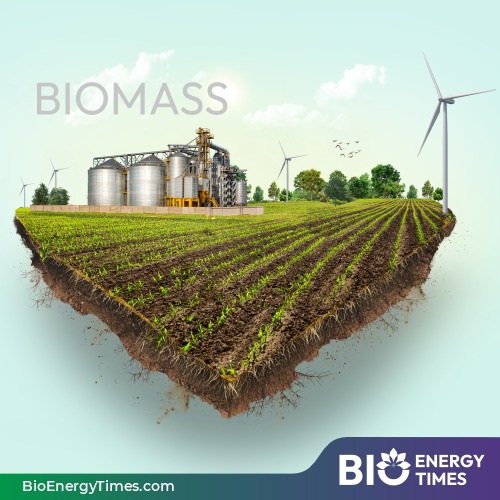As the European Space Agency’s (ESA) Biomass satellite settles into orbit following its launch on 29 April, the agency has released its most comprehensive satellite-derived maps of above-ground forest carbon to date. Spanning from 2007 to 2022, the new dataset offers an unprecedented look at how carbon stored in the world’s forests has changed over time, reports The European Space Agency.
Developed through ESA’s Climate Change Initiative, the data incorporates information from a range of Earth-observing missions, including ESA’s Envisat, the Copernicus Sentinel-1, Japan’s ALOS PALSAR, and NASA’s ICESat and GEDI lidar missions. The record will soon be enhanced by new measurements from the recently launched Biomass satellite.
Tracking the carbon-rich parts of vegetation — primarily tree trunks and branches — the dataset provides global coverage at resolutions from 100 meters to 50 kilometers. It is tailored to support climate and carbon modeling, forest management, and national greenhouse-gas reporting under the Paris Agreement.
Frank Martin Seifert of ESA described the release as a landmark for climate science. “This version gives researchers and policymakers access to consistent and timely data, which is essential for tracking how carbon levels change over time,” he said.
Forests are central to the global carbon cycle. As trees grow, they store carbon in their biomass, but that carbon can quickly return to the atmosphere through deforestation or wildfires — major contributors to climate change.
According to ESA, improvements to the biomass retrieval algorithm have resulted in more consistent and accurate estimates, particularly in dense forests. The latest version corrects long-standing underestimates in high-biomass areas thanks to international cooperation, including input from the Japan Aerospace Exploration Agency (JAXA).
However, challenges remain. While the current dataset provides reliable results up to 400 tonnes of biomass per hectare, capturing denser carbon-rich ecosystems like tropical rainforests is still difficult. “Short radar wavelengths used by most satellites don’t fully penetrate thick canopies or interact well with large trees,” explained Prof. Richard Lucas of Aberystwyth University, who leads ESA’s biomass project.
Maurizio Santoro of Gamma Remote Sensing noted that independent comparisons confirm the improved quality of the new maps. Yet, he emphasized the need for even better data to track vegetation carbon dynamics over time.
That’s where the new Biomass satellite comes in. It’s the first to carry a spaceborne P-band radar, capable of penetrating dense forest cover thanks to its 70 cm wavelength. This will allow scientists to better estimate carbon stored in forests that were previously difficult to monitor — including the Amazon, Central Africa, and Southeast Asia.
Prof. Lucas said the satellite is expected to extend the global carbon record significantly. “With this mission, we hope to reduce uncertainties in the carbon stored in the world’s forests and gain deeper insights into how the carbon cycle contributes to climate change,” he said.
















